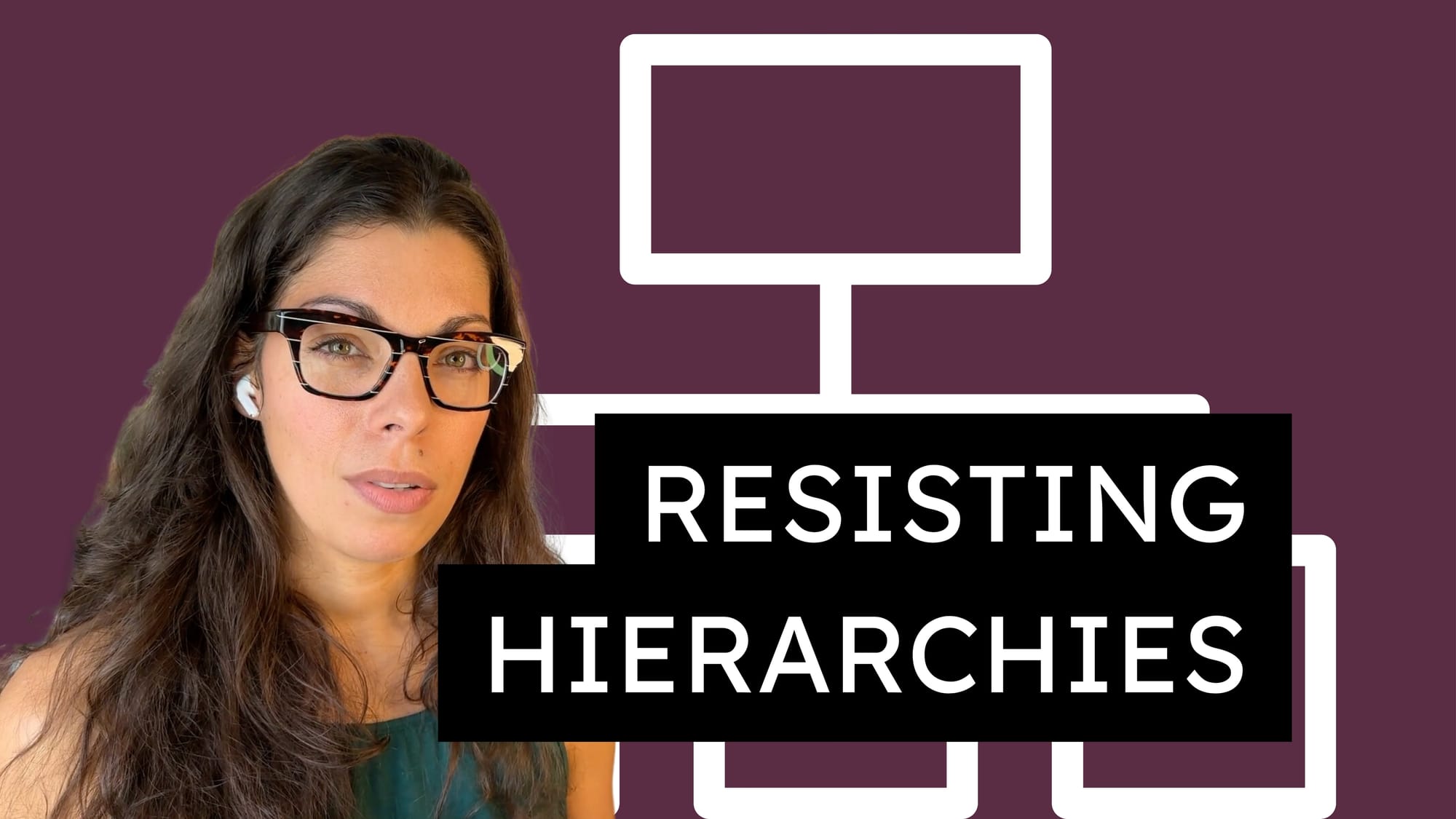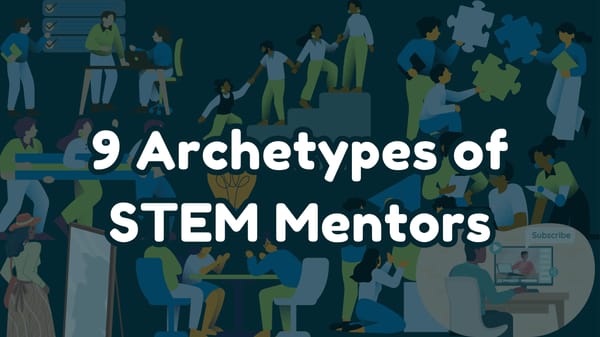🔊 If you prefer listening to reading, this content is available on our video podcast:
Natural hierarchies in cellular organisms
In the natural world, hierarchical structures are crucial in organizing and transferring energy and resources.
At the subatomic level, particles can organize into atoms, favoring energetic stability. Similarly, atoms organize into molecules to achieve the most stable configurations possible. Here, the diversity of these connections and organizations offers more than stability, as molecules exhibit new properties the atoms themselves do not have.
Requiring fewer bonds and taking up less space, molecules organized into macromolecules can leverage efficiency. Through energetic interactions with one another and the surrounding medium, macromolecules can leverage cell compartmentalization, selecting different chemical environments optimized for specific processes and limiting interference by separating incompatible functions into organelles.
The membranes of organelles can send and receive signals across chemical environments to control the transport of molecules through metabolism. This organizes cells into tissues based on their structure and function.
Managing by structure and function and specializing mechanisms for feedback carries on through the natural world via the organs and organ systems facilitating life in the organisms they comprise. Each level of organization works together to transfer energy and resources, ensuring the survival and proper functioning of the entire system.
In addition, natural hierarchies respond to disturbances in the system by restoring balance and stability. For example, when a cell is damaged, it activates a cascade of responses that ultimately lead to the repair of the cell or its removal from the system. The same is true for larger systems, such as ecosystems, where disturbances can trigger a series of responses to restore balance and prevent further damage.
Overall, the hierarchical structures in the natural world are essential for the proper functioning and survival of the system.
Here, power is listening, and organization is dynamic.
The academic hierarchy
While natural hierarchies emerge spontaneously and are decentralized, human-constructed hierarchies, like the academic hierarchy, are actively constructed.

Hierarchy of Positions
- A clear hierarchy of positions from president/chancellor at the top to faculty and staff at the bottom.
- Higher-ranked positions have more decision-making authority and influence.
- Lower-ranked positions have less autonomy and must follow directives from above.
Tenure System
- The tenure system creates a hierarchy within faculty ranks.
- Tenured faculty have more job security and academic freedom.
- Untenured faculty have less power and must appease senior faculty.
Departmental Structure
- Department chairs and deans wield power over faculty.
- They make decisions about hiring, promotions, salaries, teaching assignments, etc.
Faculty Governance
- While faculty senates exist, they have limited authority.
- Administrators and governing boards still make significant budgets, admissions, and tuition decisions.
Financial Leverage
- Resources are allocated in a top-down manner.
- Faculty must compete for limited funds from the administration.
Comparing natural and constructed hierarchies
The differences between natural and social hierarchies highlight the importance of considering the origins of the structures we create and perpetuate.

1. Natural hierarchies emerge decentralizedly; social hierarchies are actively constructed.
In natural hierarchies, the structure emerges spontaneously and in a decentralized manner. No one person or group decides who is in charge or what the rules are. Instead, each level of the hierarchy emerges from the interactions of the lower levels, and each level has a unique function that contributes to the system's overall functioning. This decentralized structure resembles how atoms and molecules interact and self-organize to form complex biological networks.
On the other hand, social hierarchies are actively constructed by people. Hierarchical ranks are often based on wealth, status, education, or job position. This can lead to a concentration of power at the top of the hierarchy and a lack of representation or voice for those at the bottom.
2. Natural hierarchies facilitate robust function; rigid social hierarchies concentrate power.
Decentralized, spontaneous hierarchical structures facilitate robust function, allowing diverse perspectives and ideas to be incorporated into the system. This diversity ensures the system can adapt to changing circumstances and remain resilient.
In social hierarchies, a concentration of power at the top results in a rigid system resistant to change. This lack of flexibility can make the system vulnerable to disruptions or failures and difficult to reform.
Social hierarchies can be (and often are) oppressive, as they can perpetuate systems of inequality and discrimination.
3. Hierarchies in nature often optimize the whole; human hierarchies often benefit the few.
Hierarchies in nature have evolved over millions of years to optimize the overall functioning of a system. In contrast, human hierarchies often benefit the few at the expense of the many.
While there are exceptions, those at the top of the hierarchy often maintain their power and privilege, while those at the bottom struggle to advance or have their voices heard. This can lead to a lack of diversity and inclusiveness within the system, ultimately harming the whole.
Why do academic hierarchies exist?
The historical influences and perceived benefits of hierarchical structures in academia can help us to understand why they exist today.
How Hierarchical Structures Developed:
- Many early Western universities were religious institutions with hierarchical church governance.
- Tenure systems evolved from medieval guilds and apprenticeships.
- As universities grew, hierarchy helped coordinate complex operations, offering transparent chains of command to facilitate decision-making.
- Hierarchy provided stability and standardization across large institutions with diverse functions.
While hierarchies provide some coordination benefits, those at the top levels benefit most from the concentration of decision-making authority and control over resources, which (more often) has the most impact on those at the bottom levels.
Towards a more equitable academic system
Science educators can introduce alternative structures to promote a more just and equitable academic system.
Democratic Governance
- Faculty, student, and staff councils govern major decisions collectively through voting and consensus processes. This distributes power more evenly.
Co-operatives
- Faculty-run co-ops that share resources, teaching duties, grant funding, and administrative roles. This reduces hierarchy and competition.
Peer Networks
- Professional learning communities are organized non-hierarchically around shared interests and goals. Knowledge is produced and shared laterally.
Open Access
- Freely accessible public knowledge banks, journals, and conferences open knowledge sharing. Reduces gatekeeping and exclusion.
Our journal, The Cuvette, is explicitly designed to advance equitable academic publishing. It's open-access, nonprofit, and holds several principles and practices to bridge the research-practice gap.

If you write research or design curricula for chemistry education, consider publishing your work with us.
Community Programs
- Programs where students and academics partner with local communities on research, internships, and social projects. Breaks institutional isolation.
Restorative Justice
- Conflict resolution practices are based on healing harm, taking accountability, and strengthening relationships—an alternative to punitive discipline.
Examples and Inspiration

- The Zapatista autonomous schools in Mexico promote indigenous culture and knowledge.
- Small experimental colleges like Hampshire that pioneer egalitarian models.
- Community review and open science movements decentralize scholarly evaluation.
- Campus activism resists hierarchical practices through sit-ins and strikes.
Know any other examples? Click “Leave a comment” below and share with the community!
Of course, only some solutions will fit, and the effectiveness of these alternative structures can vary depending on the context and specific challenges within academia.
Taking action within the academic hierarchy
At every level of the academic hierarchy, there are opportunities for individuals to subvert hierarchical systems and advocate for justice and equity. To protect yourself, seek legal and professional expertise.
Tenured Faculty
- Use tenure protection to speak out against unjust policies and practices.
- Advocate for better treatment of adjuncts and junior faculty.
- Mentor and collaborate with marginalized academics.
- Push for more inclusive and democratic governance.
Department Chairs/Deans
- Redistribute resources and opportunities equitably.
- Diversify leadership and amplify unheard voices.
- Reform biased tenure and promotion processes.
- Adopt egalitarian and participatory management practices.
Junior Faculty
- Unionize to gain collective bargaining power.
- Build solidarity networks across hierarchies and disciplines.
- Develop grassroots initiatives like teaching cooperatives.
- Boycott exploitative publishers and conferences.
Graduate Students
- Organize for better pay, benefits, and working conditions.
- Use student evaluations to critique hierarchical pedagogy.
- Create autonomous student-run journals and conferences.
- Withhold academic labor to disrupt business as usual.
Allies in Administration
- Leak documents exposing biased policies and resource allocation.
- Whistleblow discriminatory and abusive practices.
- Resist top-down decision-making and advocate for transparency.
Everyone
- Refuse to accept hierarchical practices as normal or inevitable.
- Develop alternative networks based on mutual aid and solidarity.
- Keep envisioning and building more egalitarian academic models.
By leveraging our unique positions, academics can collectively dismantle oppressive hierarchies and reconstruct academia based on principles of equity, social justice, and democratization of knowledge.
Conclusion
In both the natural and academic realms, hierarchical structures shape our world, but their impacts differ significantly. By understanding the science behind natural hierarchies and critically examining the academic hierarchy, science educators can inspire students to question and challenge prevailing power structures. Science educators can be empowered to create a more just and equitable future by engaging in discussions and exploring alternative models.
Let's continue the discussion in the comments, and if you found this content helpful, consider subscribing or sharing.
Thank you for supporting efforts to advance science education reform and this community!
Resources
- Great Leadership is a Network, Not a Hierarchy
- Hierarchical Leadership vs. Nonhierarchical Leadership
- Developing non-hierarchical leadership on campus: Case studies and best practices in higher education
- Working Together: Reflections on a Non-hierarchical Approach to Collaborative Writing
Next: Positionality is credibility 👩🏽🏫
What is positionality? How does a scholar state theirs? Here, we discuss positionality statements' benefits, techniques, and controversies.
Click to Access ➡️About Cuvette Collective:
Cuvette Collective represents a community of educators and scientists dedicated to empowering the societal impact of STEM research.
We provide tailored tools, strategies, and insights to help scientists craft authentic, impactful broader impact plans that align with NSF priorities and their research focus.
Our engaging blog posts, interactive resources, and personalized consulting services support researchers in leveraging their scientific expertise to make a meaningful difference in society.
How to get involved:
1️⃣ Subscribe to our blog for the latest tips and insights.
2️⃣ Apply to participate in the Broader Impacts Excellence Program.
3️⃣ Reach out and let us know how we can help to enhance your broader impacts efforts.












Member discussion